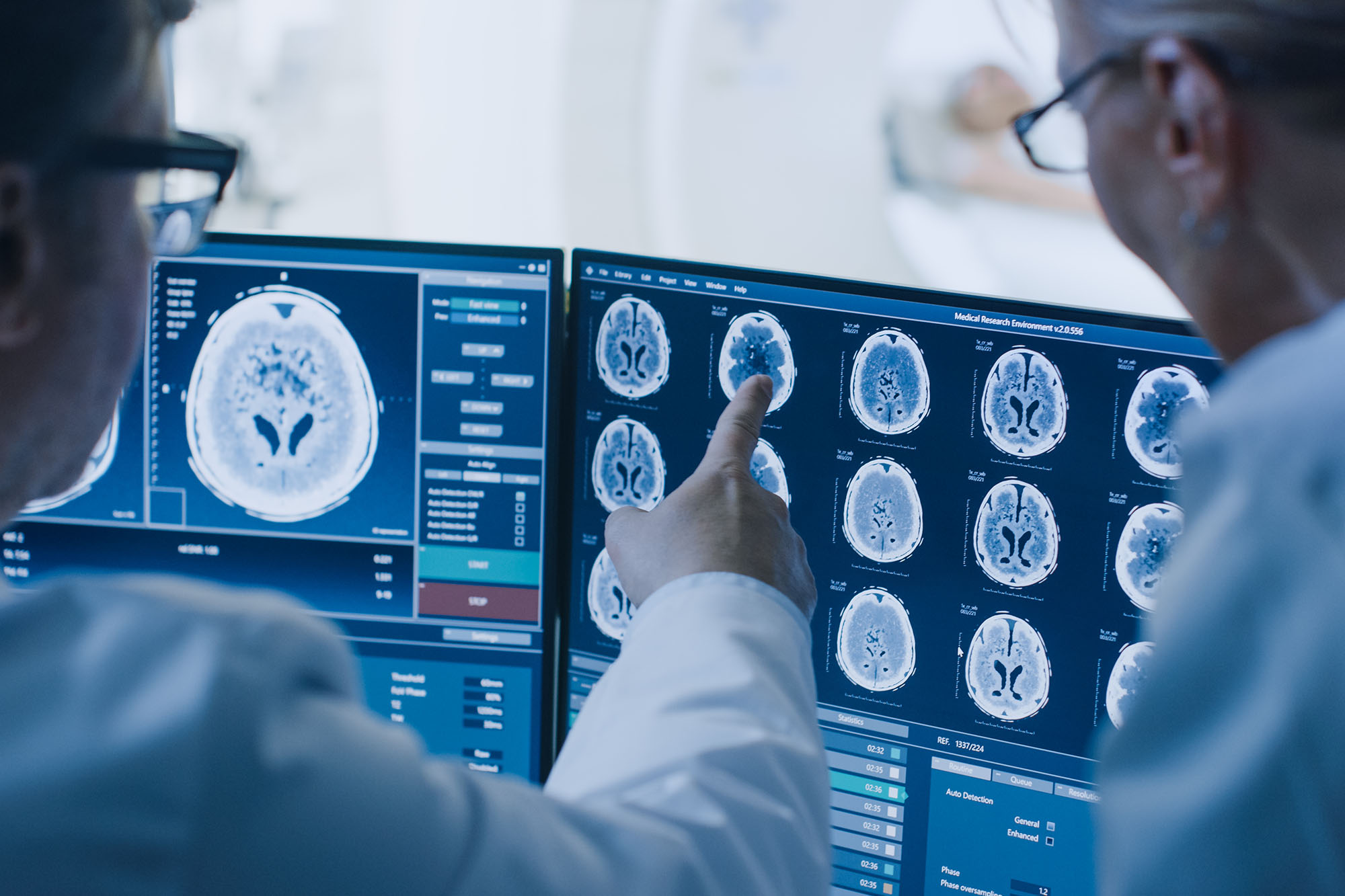
A new shocking study suggests that a routine diagnostic procedure performed millions of times a year in the US can cause over 100,000 new cases of cancer per year – with almost 10,000 cases in children.
New research from the London Cancer Research Institute shows that calculated tomography scans – which are used to check for a variety of problems, including cancer – can make up 5% of cancer cases in the US
This would put the risk of CT scanning cancer in approximately the same level as alcohol.
Researchers noted that their findings were not particularly important in the UK, which has one of the lowest CT scans in the developed world because of its strict policy of allowing the procedure when clinically needed.
The US is a different story.
About 93 million CT scans were carried out in SH.BA in 2023, from 3 million in 1980.
Study co -author Amy Berington, head of the ICR cancer epidemiology group, and its team calculated that these CT scans could result in 9,700 cases of cancer in American children.
As such, researchers emphasize the importance of avoiding unnecessary scans and providing appropriate doses – especially as the risk is higher in young patients.
“While CT scans are extremely useful in the diagnosis and detection of many conditions, including cancer, they include exposure to ionizing radiation that has been shown to increase the risk of cancer development,” Berington said in a statement.
“It is important to note that for the individual patient, this increased risk is small, and the benefits exceed the risks if the scan is clinically justified.
Researchers also advise medical professionals to stay vigilant in relation to potential risks and to discourage healthy individuals to pass full -body scans offered by private clinics.
“We are asking doctors to ensure that the scans are performed only where it is necessary, and that the doses are suitable for the patient,” Berington said.
“In the US, CT-related cancers can now make up 5% of all cancers-some of these cancers can be prevented by avoiding unnecessary scans and ensuring that accurate doses will be used.”
How much radiation do you get from a CT scan?
Last month, the researchers sounded the alarm that CT scanning doses differ greatly between clinics – with little supervision.
“Many patients still routinely take the doses of radiation two or three times what they need,” NBC told Dr. Rebecca Smith-Bindman, a professor at the University of California-San Francisco Medical School. “We continue to do more and more CT, and the doses continue to grow.
“It”s’ unbearable,” she added.
Smith-Bindman noted that the radiation dose one patient receives from one machine can be 10 or 15 times more than another.
In 2009, she and other researchers estimated that radiation was blamed for 2% of cancers.
Taking numerous CT scans has also been shown to increase the risk of cancer. In a 2009 study, scientists found that the risk of life cancer for people undergoing a single CT scan is only 0.7% higher than 45% of the total population – but have multiple scans, and chances shoot up to 2.7% to 12% more.
Another study stipulated that people undergoing a 22 -year -old CT scan are at a significantly higher risk for developing blood cancers, while repeated heads of heads in childhood have been associated with higher risk of brain tumor.
New rules implemented by centers for Medicare and Medicaid services in January more strict assessments of CT scanning doses among other measures.
#Ordinary #test #responsible #cases #cancer #year
Image Source : nypost.com